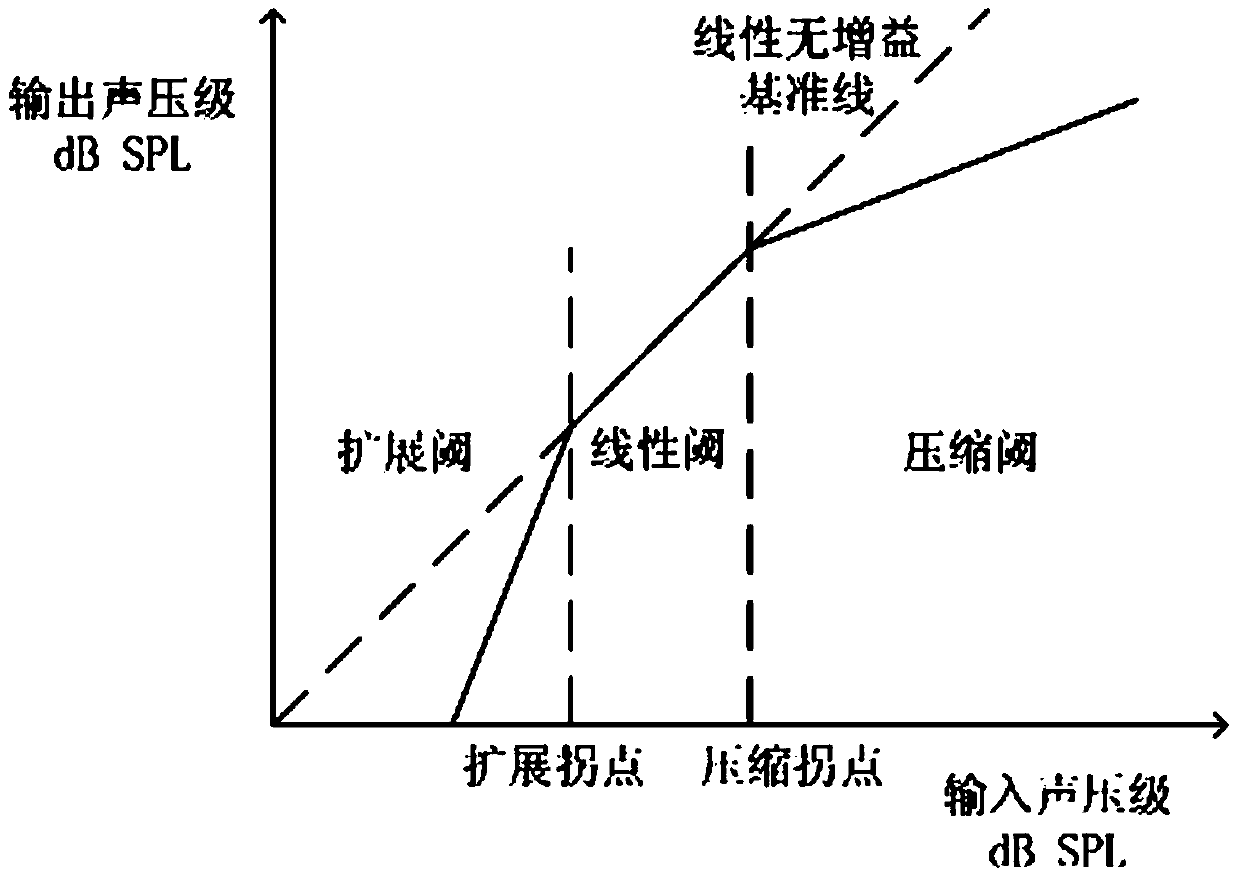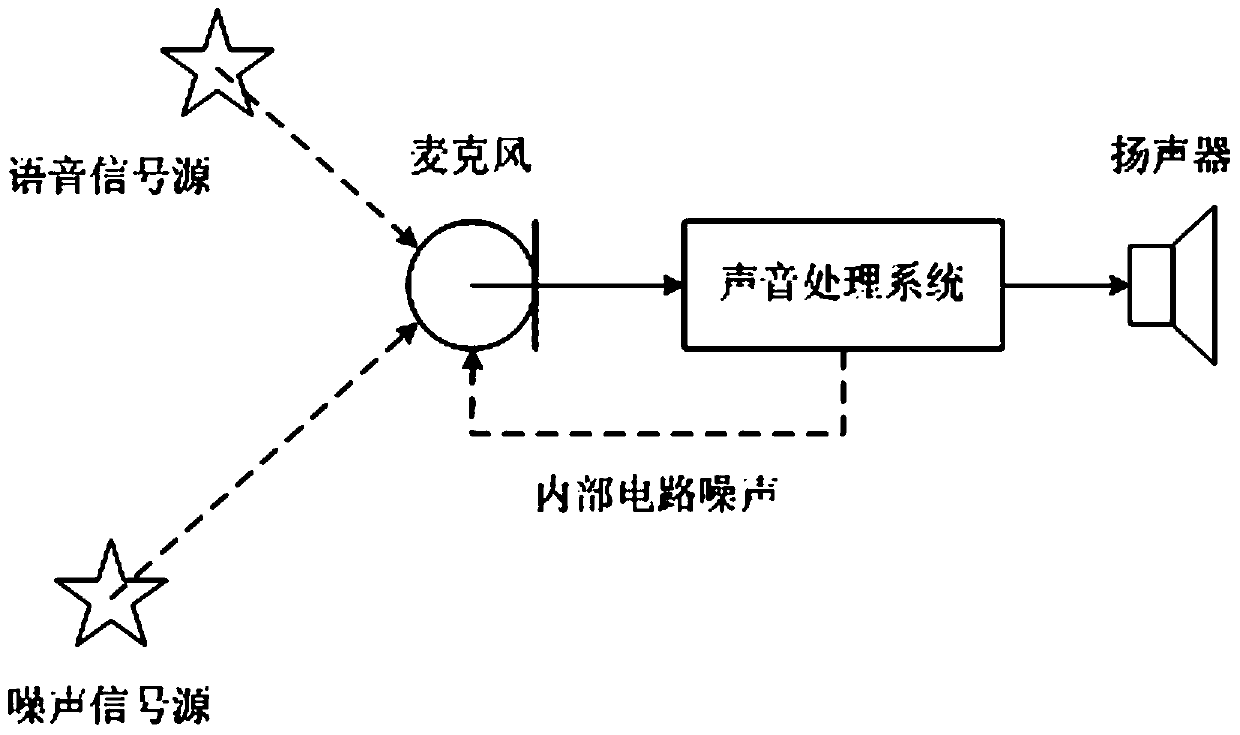An adaptive noise reduction method and system based on subband noise analysis
A noise analysis and self-adaptive technology, applied in speech analysis, instruments, etc., can solve the problems of affecting the output sound quality, reducing sound quality, music noise, etc., and achieve the effect of reducing residual noise, reducing music noise, and good noise reduction effect
- Summary
- Abstract
- Description
- Claims
- Application Information
AI Technical Summary
Problems solved by technology
Method used
Image
Examples
Embodiment Construction
[0058] The present invention will be further described in conjunction with the accompanying drawings and specific embodiments.
[0059] As a specific embodiment, in order to clearly illustrate the method of the present invention, the present invention uses a single microphone as a signal source acquisition device, such as image 3 As shown in , a single microphone collects the target sound source and the noise source at the same time, and obtains a noisy analog signal; as Figure 4 As shown, the collected noisy analog audio signal is firstly processed through band-pass filtering and amplification, and then the noisy digital audio signal is obtained through analog-to-digital conversion; as Figure 5 As shown, the noisy digital audio signal undergoes short-time-frequency transformation to obtain the digital noisy signal S of the frequency domain subband in (n,k). The present invention is aimed at the digital band noise signal S of this frequency domain sub-band in (n, k) for ...
PUM
 Login to View More
Login to View More Abstract
Description
Claims
Application Information
 Login to View More
Login to View More - R&D
- Intellectual Property
- Life Sciences
- Materials
- Tech Scout
- Unparalleled Data Quality
- Higher Quality Content
- 60% Fewer Hallucinations
Browse by: Latest US Patents, China's latest patents, Technical Efficacy Thesaurus, Application Domain, Technology Topic, Popular Technical Reports.
© 2025 PatSnap. All rights reserved.Legal|Privacy policy|Modern Slavery Act Transparency Statement|Sitemap|About US| Contact US: help@patsnap.com



